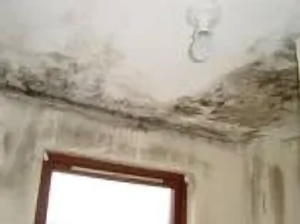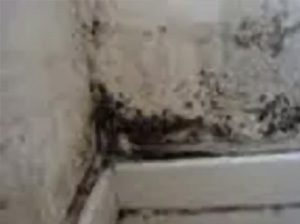CONDENSATION INFORMATION:
Air temperature, humidity levels and room surface temperature determine the occurrence of condensation and a typical household produces two gallons or more of water vapor per day.
The main contributors to humidity are breathing, drying clothes and kitchen/bathroom use. The condensation/dampness has to go somewhere and will occur on the coldest room surface (normally as black or white markings) or within cupboards/wardrobes, behind furniture against an outside wall (especially cold corners) e.g. kitchen and bathroom vapour may well condense on unheated bedroom walls even though they are not adjacent. In order to reduce condensation to a minimum, either the humidity level needs to be reduced, the room surface temperature increased and ventilation improved.
Factors to take into account include weather, the building (materials used), heating, ventilation, insulation and importantly the lifestyle of the occupants. Consequently, when a house occupied by one family is inspected, there may be no condensation, however, several months after a new family have moved in, condensation may become apparent, merely due to differing lifestyles. In order to minimize condensation the following steps are recommended.
KITCHEN, UTILITY & BATHROOM USE:
A large percentage of the water vapor will be generated via use of these areas. As this is a major source of condensation it is essential that adequate extraction is installed. We strongly recommend “humidistat” electric extractor fans for kitchen/utility and bathroom areas, as this type of fan will remain on and automatically switch off once the moisture content in the air has reached the required level. If standard extractor fans are already installed, these must be used at all times during and for a minimum of 7~10 minutes after use.
VENTILATION:
Ventilation is important in minimizing the effects of condensation, as inadequate ventilation will not allow the generated water vapour to escape. In the past condensation was less of an issue as the vapour would escape naturally i.e. open flues, gaps to windows/doors etc. However, due to updating/modernization properties are becoming more sealed i.e. increased insulation, sealed flues double glazing etc, thus reducing the escape of vapour. In order to improve ventilation we recommend the following:
- If trickle vents are installed to the windows, these should be in the open position, especially in an occupied bedroom with the door closed.
- If air bricks are installed these should be in the open position and not covered with furniture or stored items.
- If the property is not occupied for long periods the internal doors should be open if possible.



